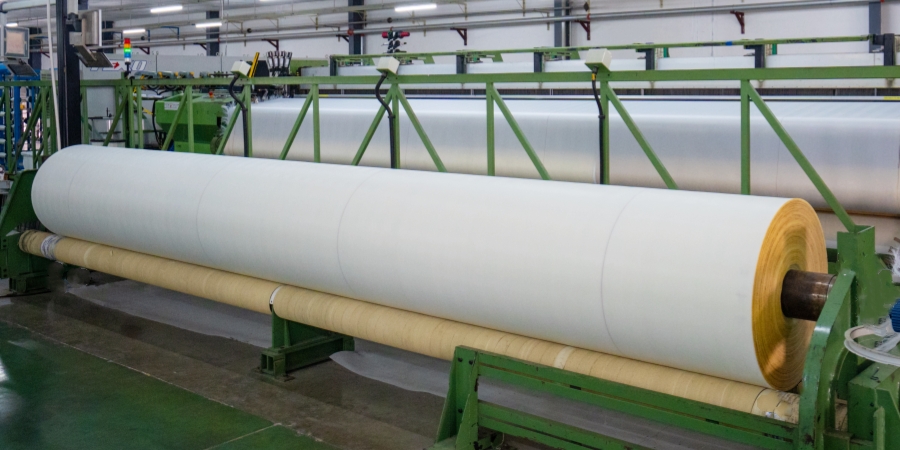The production process of ultrafine aluminum hydroxide mainly consists of decomposition, filtration, and drying. Ultrafine aluminum hydroxide is widely used as a flame-retardant filler in wires, cables, resins, synthetic rubber, and PVC. It is also utilized in electronic ceramics, pharmaceuticals, catalysts, and catalyst carriers, enhancing flame resistance, arc resistance, and tracking resistance in final products.
Due to its colloidal properties and fine particle size, aluminum hydroxide filtration can suffer from low efficiency or particle penetration through the filter cloth. To improve the filtration performance, it is essential to select an appropriate filter cloth and optimize the operation parameters. The following adjustments can help:
Polypropylene (PP) and polyester (PET) filter cloths are highly recommended. Their excellent chemical stability and resistance to acid and alkali corrosion make them suitable choices for filtering aluminum hydroxide.
The permeability of the filter cloth should be matched to the particle size of the material to prevent clogging or excessive penetration.
Increase the filtration area: Using a larger funnel or filter cloth can help reduce pressure per unit area.
Control temperature: If permitted by the process, slightly heating the slurry can decrease its viscosity, thereby accelerating the filtration speed.

BOLIAN's vertical press filter cloth is designed for ultrafine aluminum hydroxide filtration, operating at approximately 60°C with acid and alkali resistance. It provides an average working cycle of 50 days, ensuring long-term stable performance. Every batch of filter cloth is rigorously tested to meet quality standards.